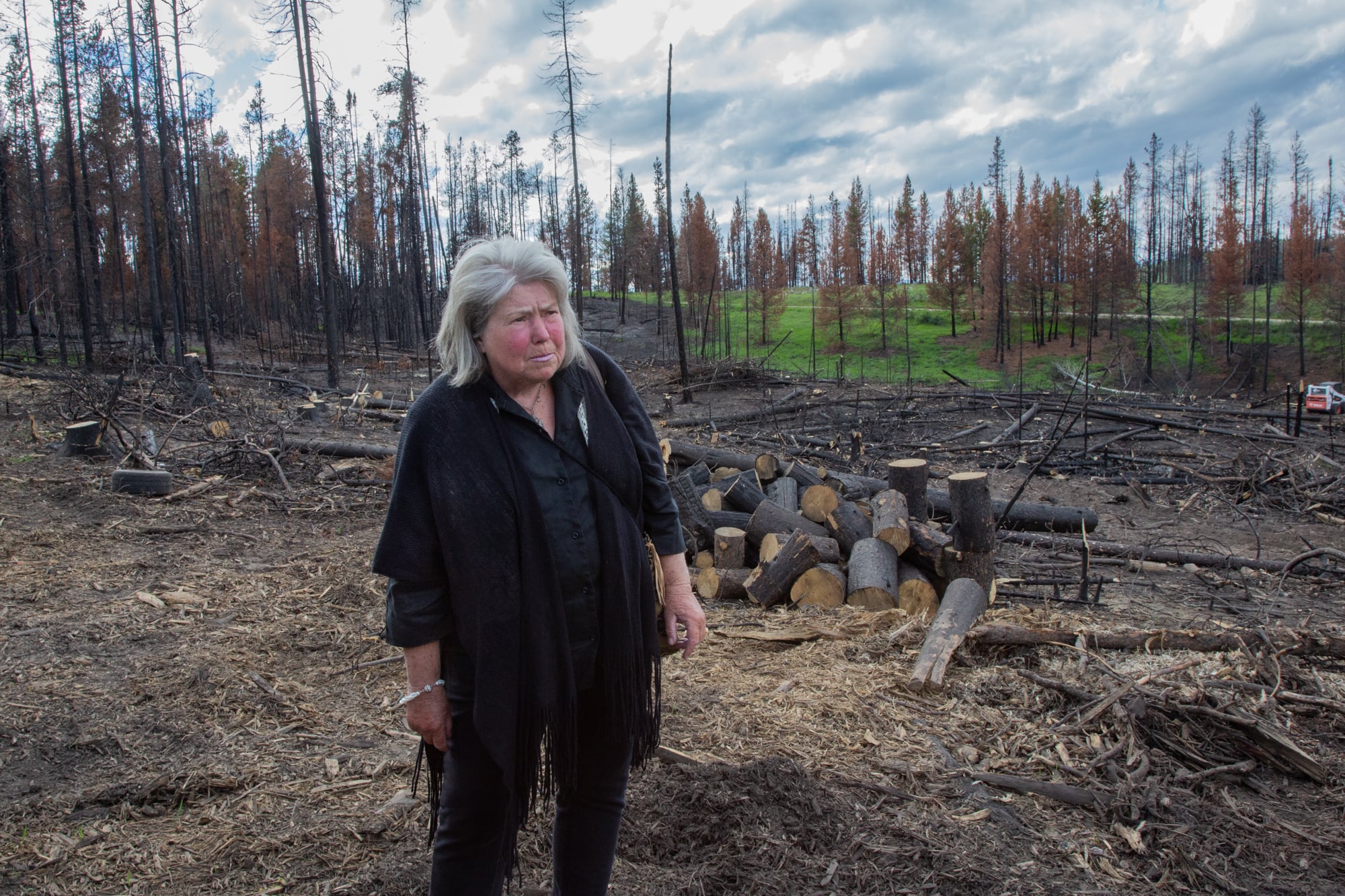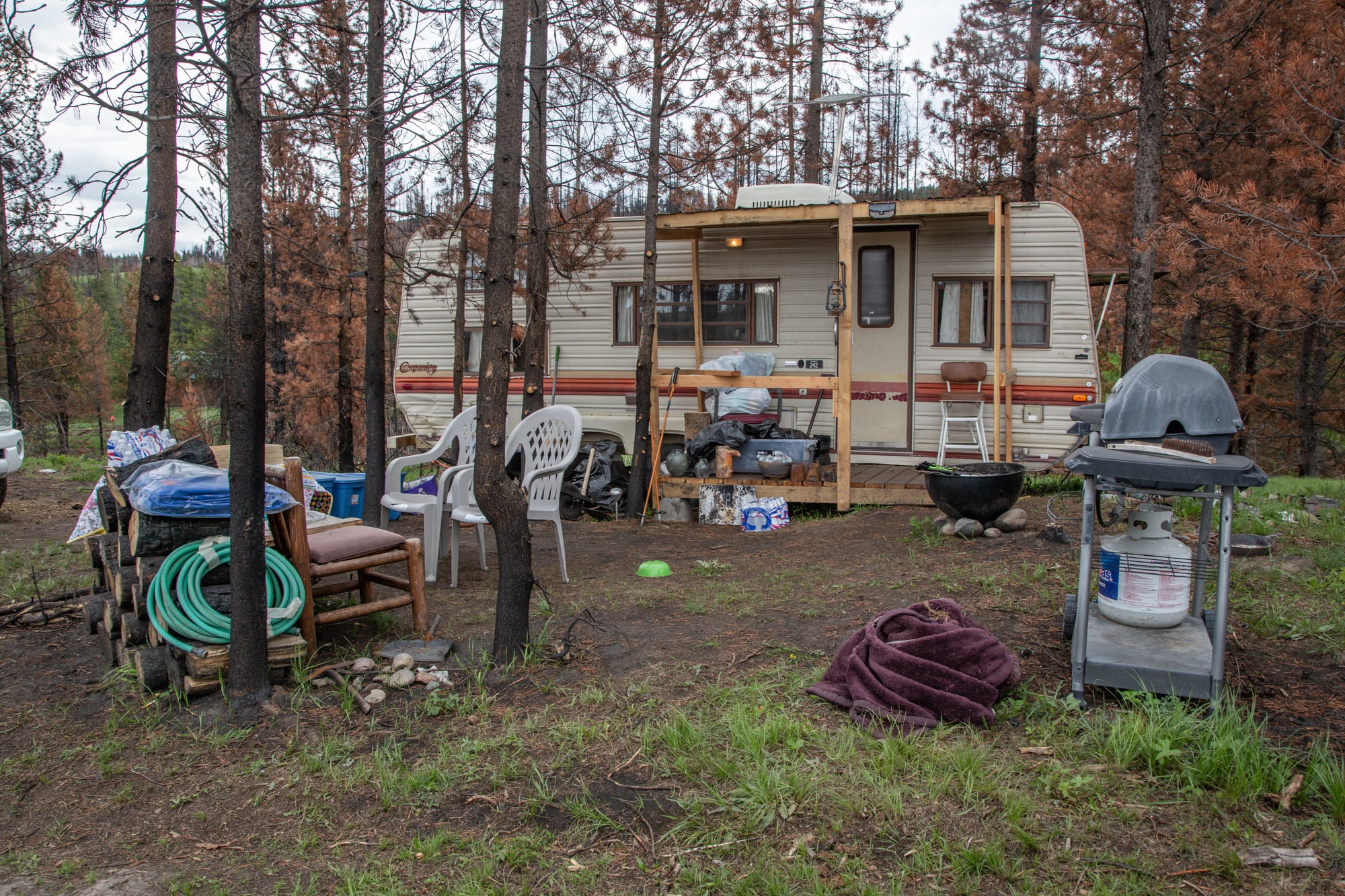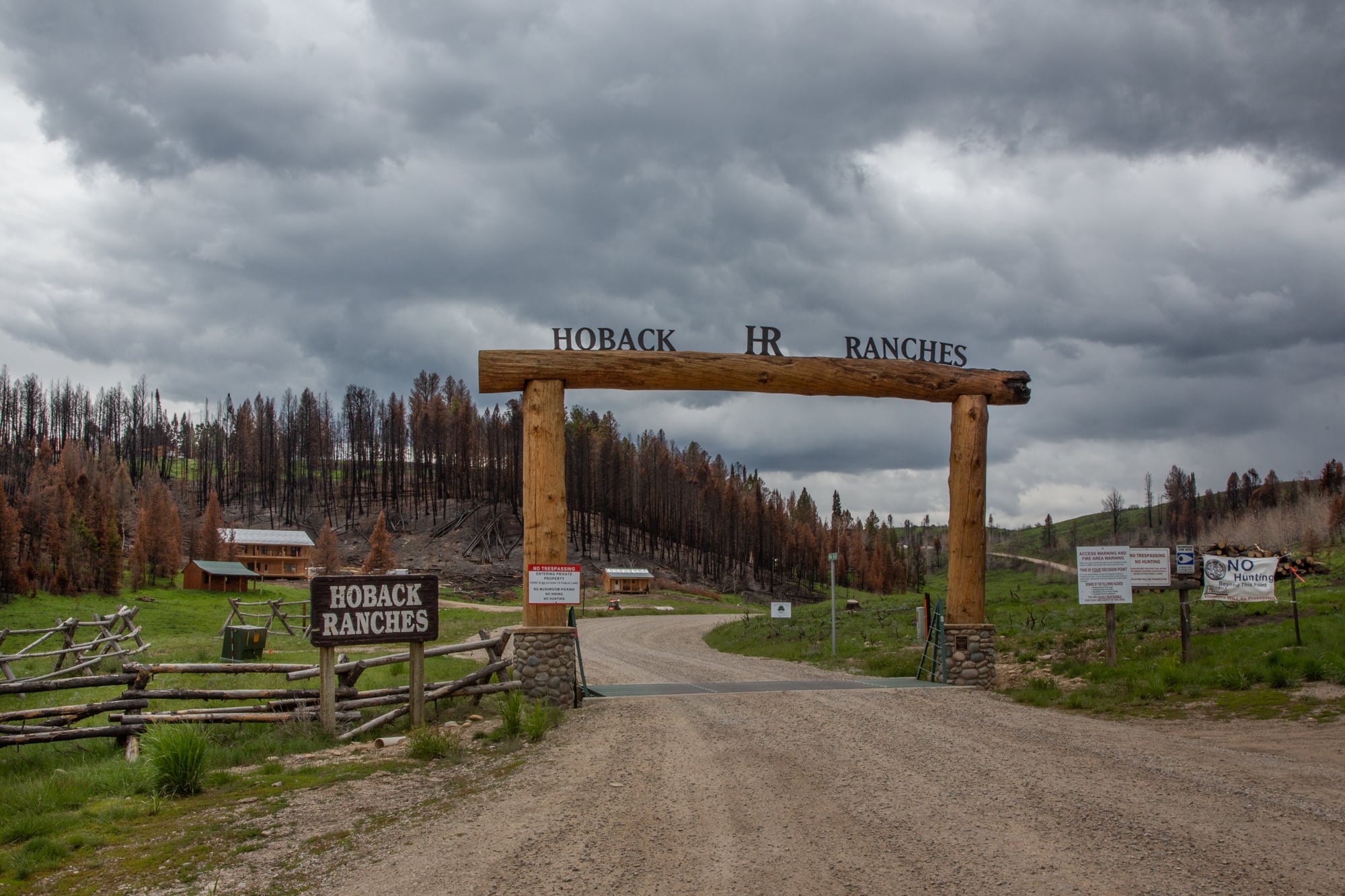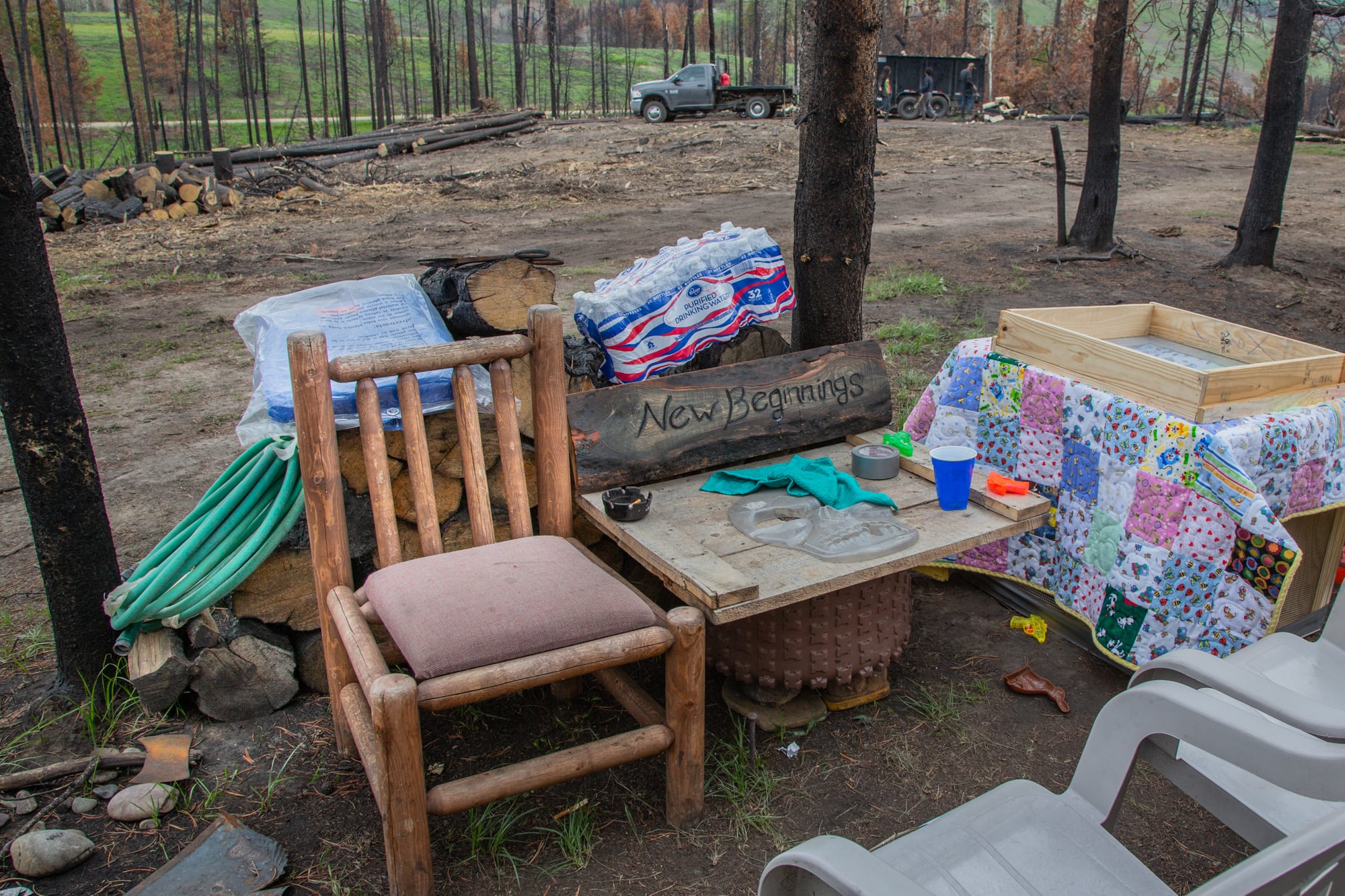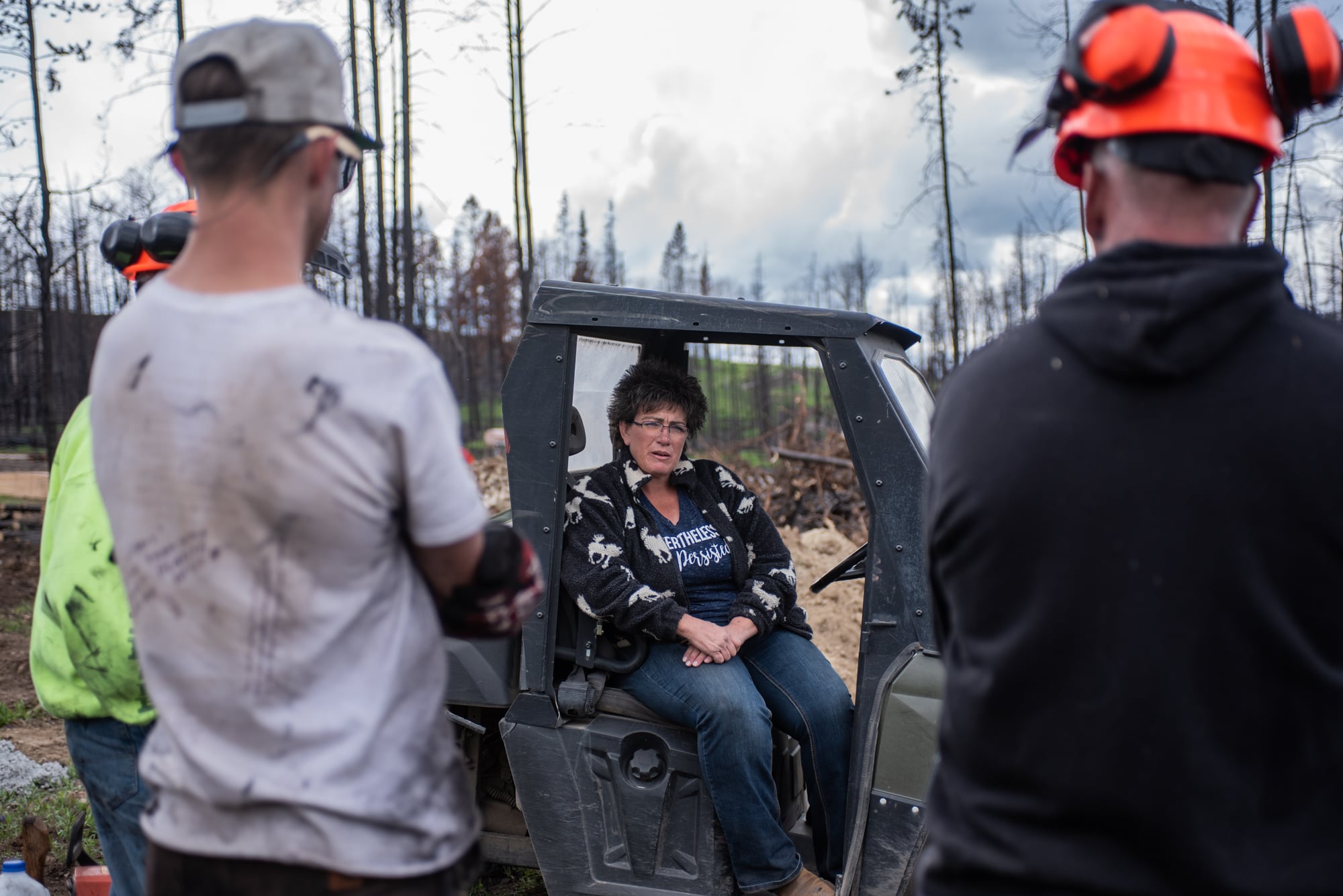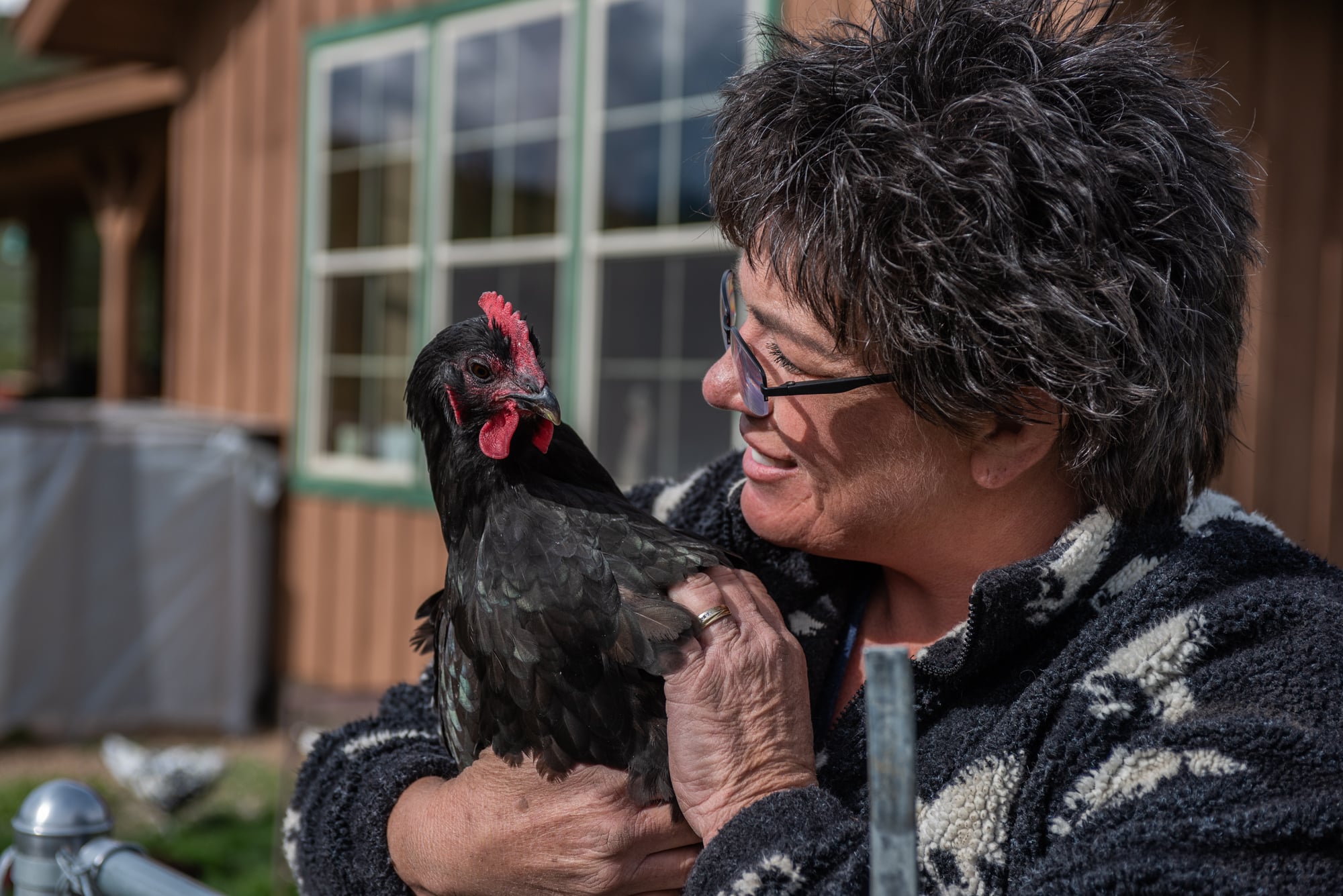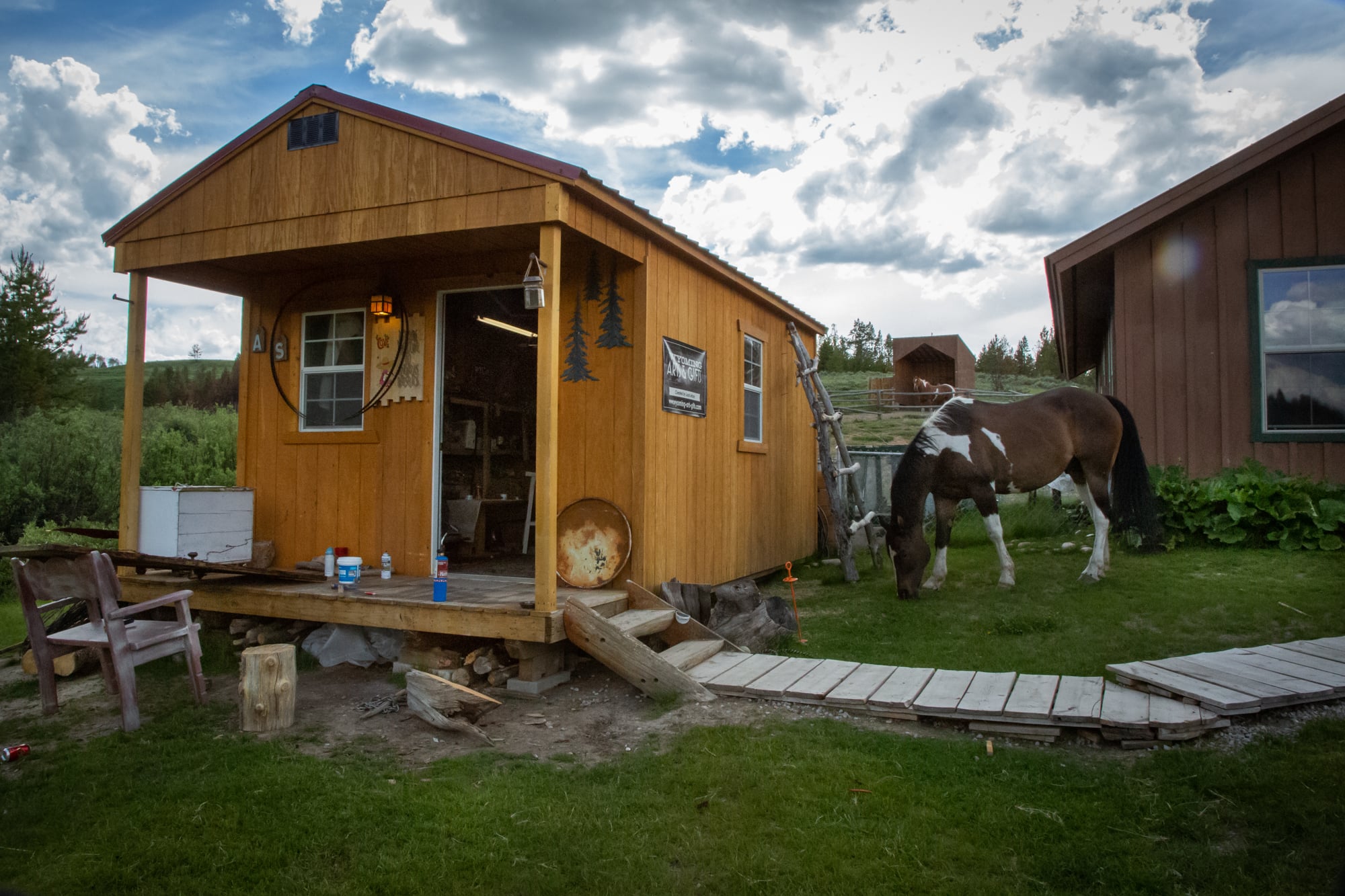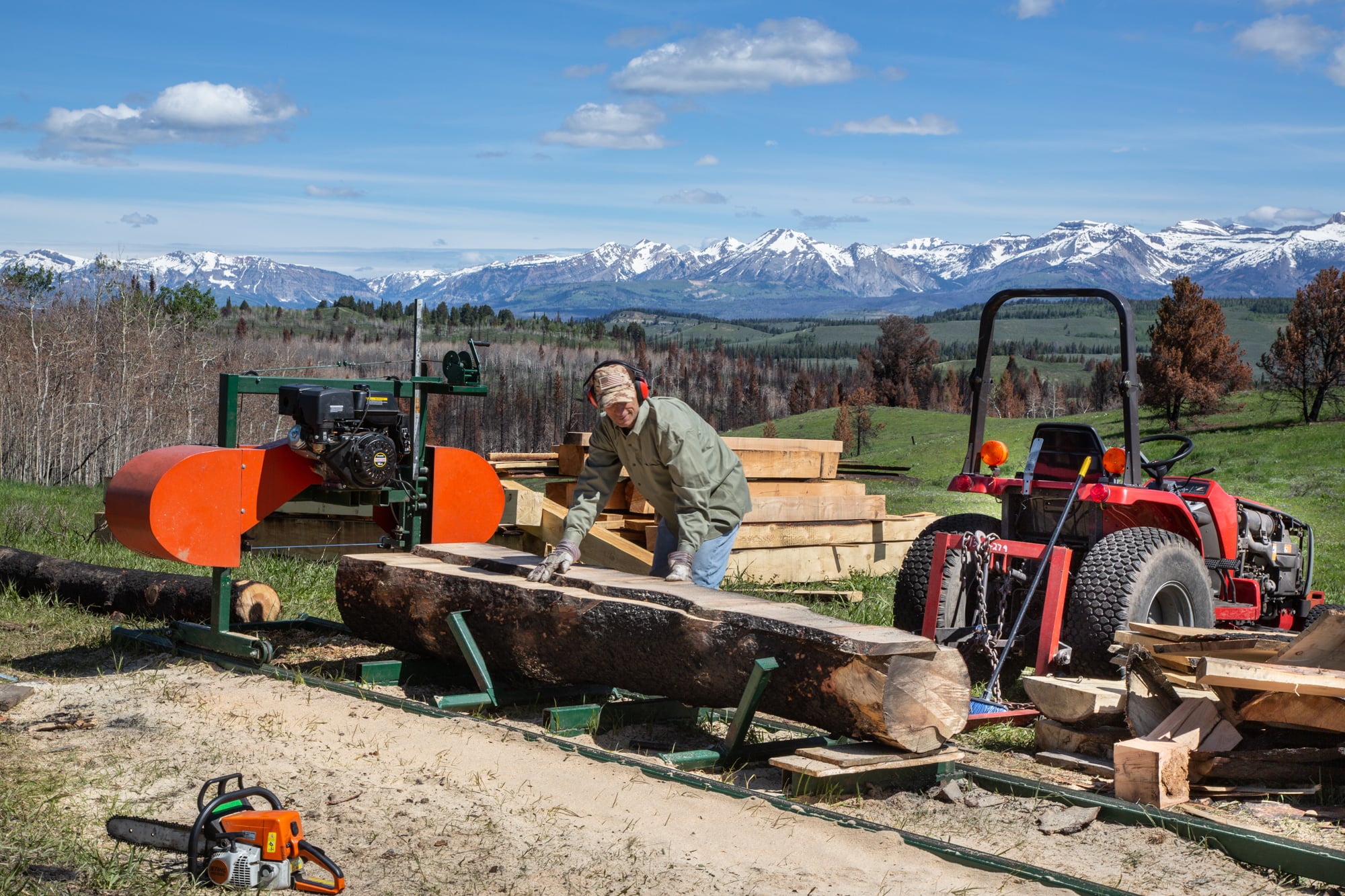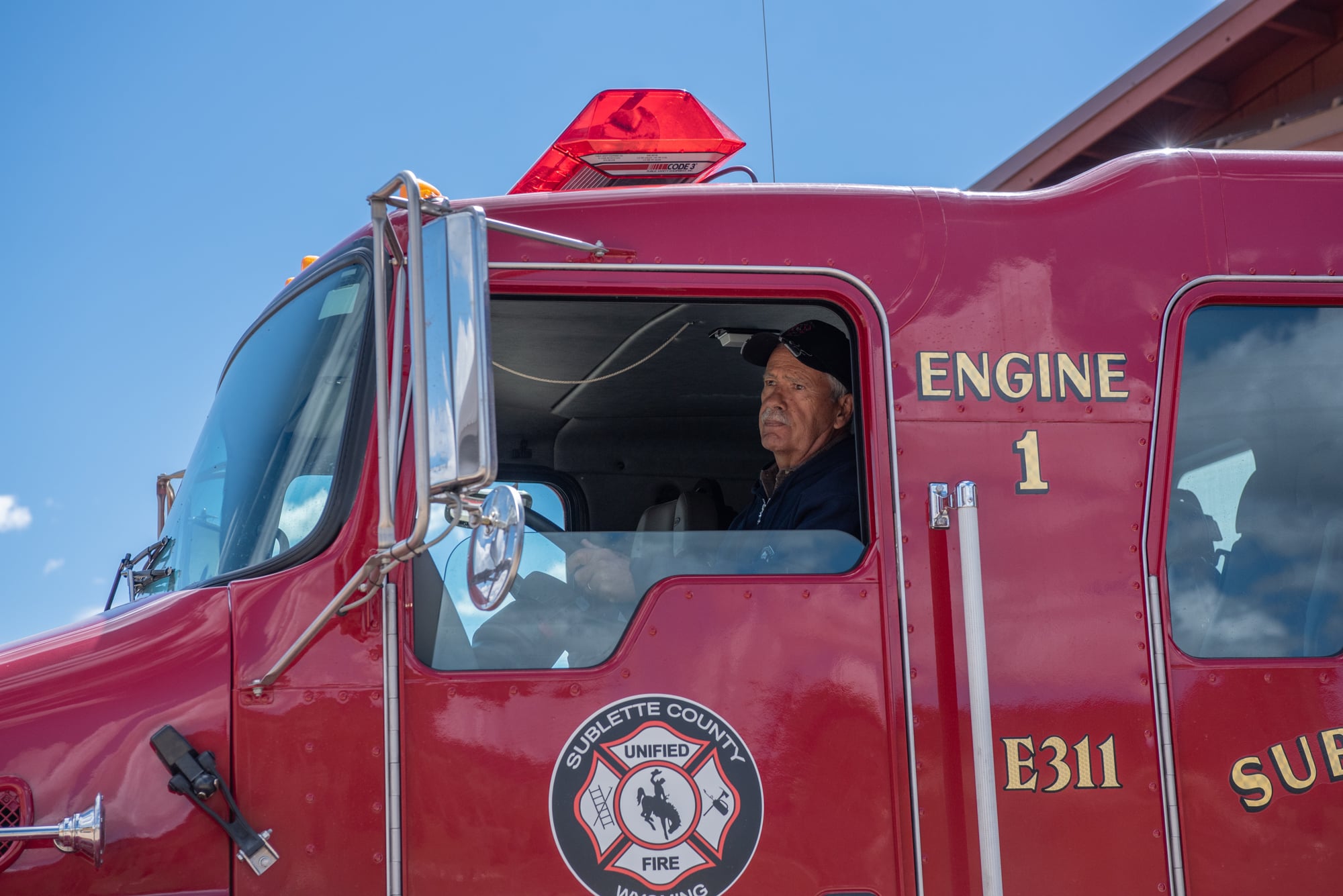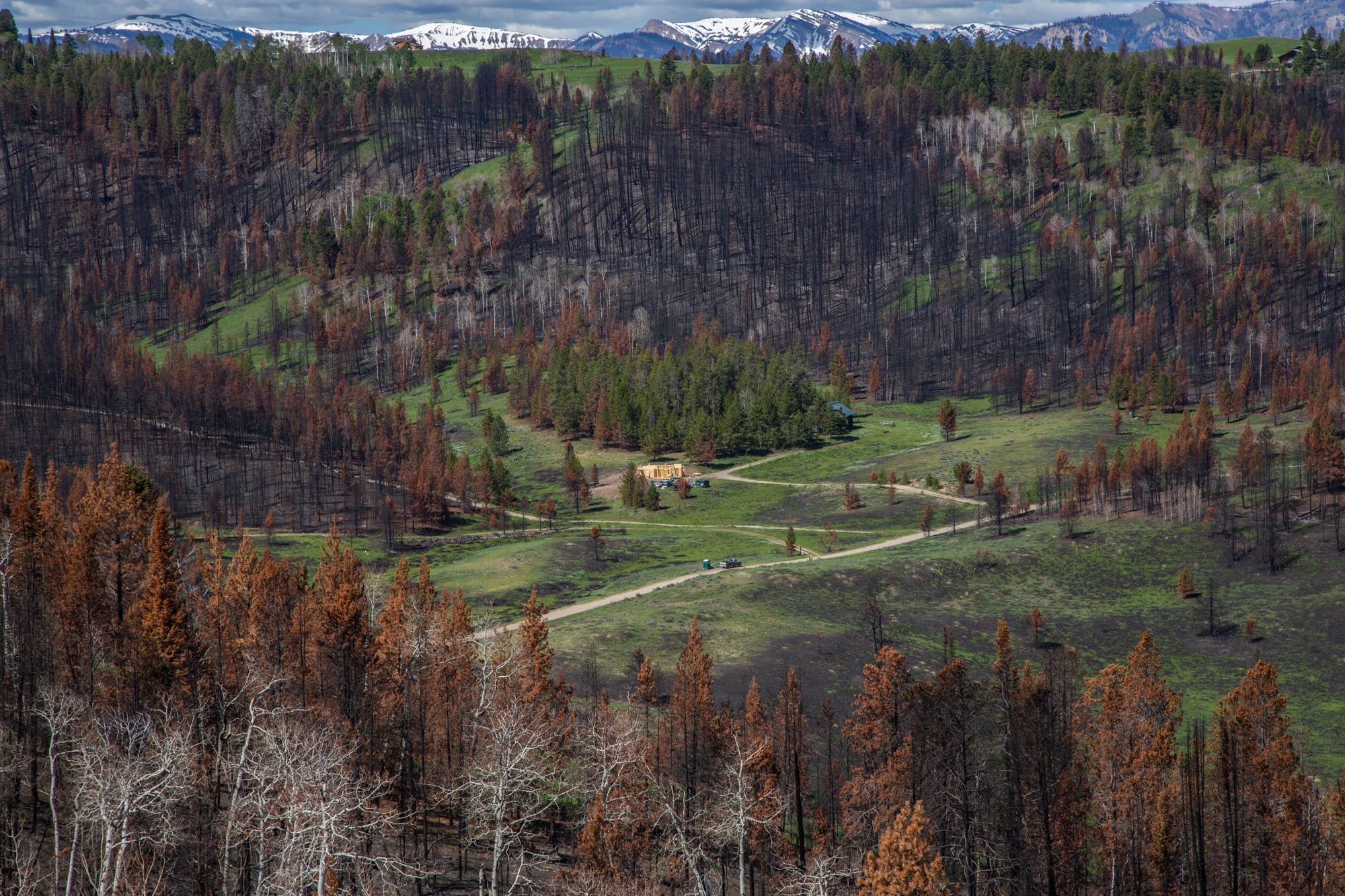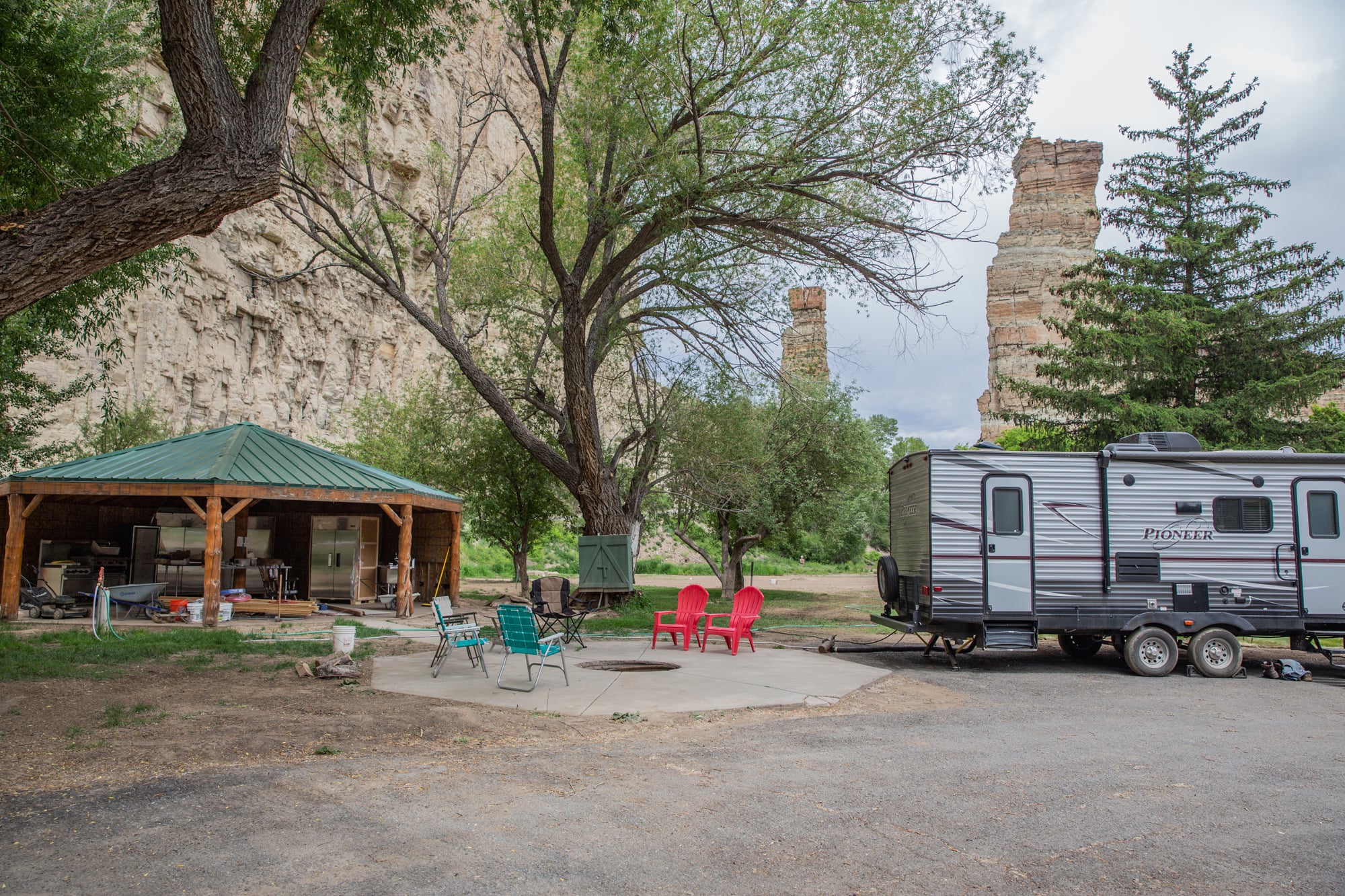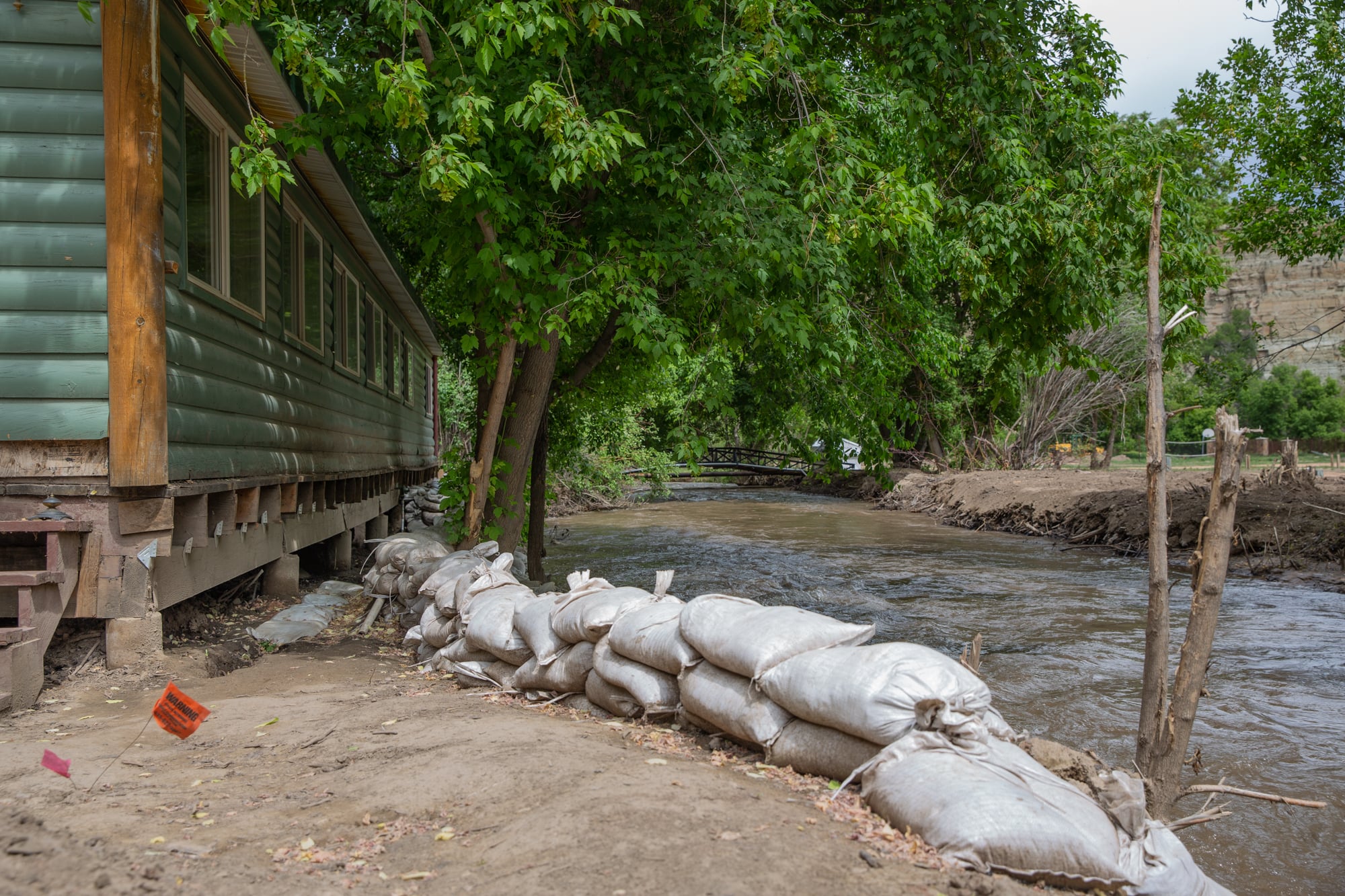Without federal aid, states help themselves
BONDURANT, Wyo. – Marlene “Lanie” Beebe stood in a pair of slippers, surrounded by scorched trees. A long gravel road led to rubble: shards of pottery, doll heads and a blackened metal chair. That’s where her neighbor, Nikki Cowley, said she found Beebe one day, among the remnants of 20 years in her home.
The next morning, Cowley saw Beebe, 74, at the end of the gravel road, hand-sifting through her shattered treasures. The ground was still on fire.
Beebe and Cowley’s homes were two of 55 residences in Hoback Ranches in western Wyoming that burned in the September 2018 Roosevelt Fire. Some homeowners were uninsured. None received individual financial help from the state or Federal Emergency Management Agency. Many have started rebuilding by hand.
“I don’t have anything left,” said Beebe, once a potter who had been living in her white Toyota Tacoma pickup.
FEMA provides two main types of disaster aid. Public assistance is used to restore public areas and buildings, and individual assistance gives financial help or services to people impacted by disasters in certain counties for things like housing and personal property.
But unless the incident is declared a major disaster by federal authorities, public and individual assistance aren’t available. Instead, FEMA recommended in a March 21 report, states should create and pay for their own individual assistance programs for disaster recovery.
“The fire was so hot and horrific … and everything burned down in 20 minutes,” said Marlene “Lanie” Beebe, a former potter who lives in Hoback Ranches. Beebe, 74, lives with bipolar disorder, which has worsened since she lost everything. Beebe’s neighbor Nikki Cowley gave her the trailer that she lives in now. (Bailey Lewis/News21)
Four states already have these programs. Wyoming isn’t one of them.
“I think (the state government realizes) we're from Wyoming, and we're going to make it happen with or without them,” Cowley said. “And I think it's easier for them to just have us do it without them.”
Hoback Ranches is in Sublette County. An emergency declaration was not made because the disaster criteria weren’t met, said Jim Mitchell, the county’s emergency management coordinator. Wyoming’s governor at the time, Matt Mead, didn’t declare a state of emergency either, which means the county couldn’t be considered for FEMA aid.
Wyoming has a $500,000 disaster contingency fund, but it can only be used for “critical infrastructure” and only after a city or county makes a disaster declaration, said Kelly Ruiz, a spokeswoman for the state’s Department of Homeland Security.
States could do more
Craig Fugate, the FEMA administrator under President Barack Obama, said states should take more responsibility.
“Some states do have programs and do provide assistance, but in general what many states have defaulted to is this idea that ... if we don't get to that threshold, we're not going to create programs for (disaster assistance),” Fugate said.
Arkansas, Iowa, Ohio and Alaska have state-funded individual assistance programs to help fill gaps from the federal government.
After severe flooding in Crooked Creek, Alaska, in 2011, then-Gov. Sean Parnell activated the state’s individual assistance program because the flooding did not qualify for FEMA dollars, said Jeremy Zidek, a spokesman for Alaska’s Division of Homeland Security and Emergency Management.
“The community had 14 homes destroyed,” Zidek said. “The federal government would look at that and say, ‘Well, the 14 homes are not sufficient to meet our individual-assistance thresholds.’ But the 14 homes were 14 of 40 homes within the community.”
Iowa’s program was created in 2010 for times when disasters don’t receive a major disaster declaration from FEMA, said Lucinda Parker, a spokeswoman for the state’s Homeland Security and Emergency Management department. People with incomes at or below twice the federal poverty line can receive up to $5,000 in reimbursements through the program, but only after the governor declares a state of emergency.
Both Arkansas’s and Ohio’s individual assistance programs fill the gap for losses not covered by insurance or other entities. Applicants have to apply to the SBA and be denied a loan before they’re eligible.
The burned sign to Hoback Ranches greets drivers when they turn off U.S. 191, and the once heavily forested, high desert terrain looms behind. Rim Road connects the area’s eastern and western parts, and Mountain View Drive winds into the ridges – now filled with tarnished aspen trees.
Hoback Ranches is a private, rural subdivision a few miles south of Bondurant, population about 100. More than 300 people and 100 species of wildlife share the area.
The Roosevelt Fire began Sept. 15 – the opening day of deer hunting season – near the head of the Hoback River, about 32 miles south of Jackson. The fire moved east over the next couple days, and Hoback Ranches was evacuated Sept. 18. By the time the fire was contained, 61,511 acres had burned.
